Blue city’s undergrounding project to take hundreds of years to complete
The city of Pasadena in California is undertaking a massive public infrastructure project that will see all of its overhead utility lines buried underground, but the work will take another 500 years to complete – more than twice the amount of time the United States has existed as a country – even though it began more than 50 years ago.
Known as the Underground Utility Program, or “undergrounding,” the project is unmatched in U.S. public infrastructure projects in terms of a projected timeline, raising questions about government efficiency in public works.
The undergrounding program aims to restore the area’s scenic views of the San Gabriel Mountains and make streets safe from falling utility poles and their associated hazards. For instance, downed power lines from high winds caused significant damage in this year’s L.A. fires, intensifying discussions about the need to bury power lines to mitigate wildfire risks.
Portions of Pasadena, located in the northeast of Los Angeles, were destroyed in the Eaton Fire.
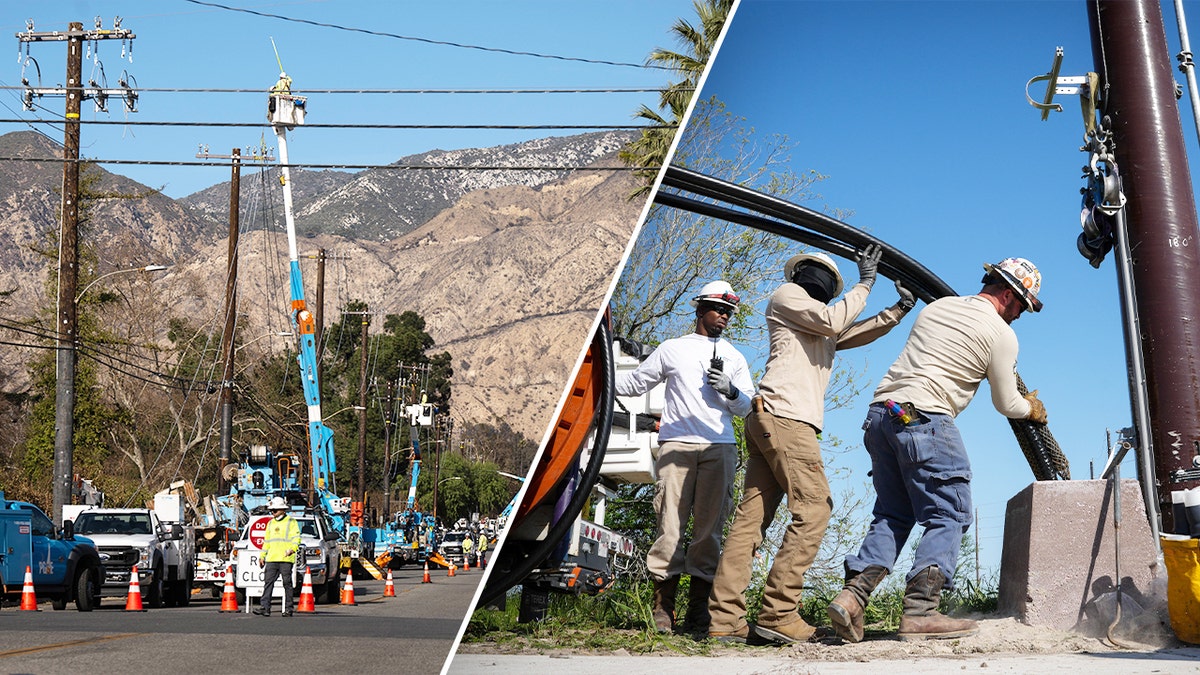
CALIFORNIA DEMOCRATS URGE FEDS TO APPROVE HIGH-SPEED RAIL FUNDING BEFORE DOGE NIXES ‘BOONDOGGLE’
Pasadena’s undergrounding program was envisioned decades ago and work started in 1968. However, the project is moving at a glacial pace of around 0.5 to 0.7 miles per year, according to the Pasadena Water and Power Department.
Since its inception, the municipally-owned Pasadena Water and Power has been removing overhead electric, telephone and cable TV utility lines from more than 46 miles of major arterial streets, which officials have already hailed for restoring Pasadena’s trademark mountain views while beautifying and enhancing the character of local neighborhoods.
The city also cites the safety benefits, with pedestrians and motorists being safeguarded from dangerously falling utility poles while the project also upgrades and expands the city’s power grid.
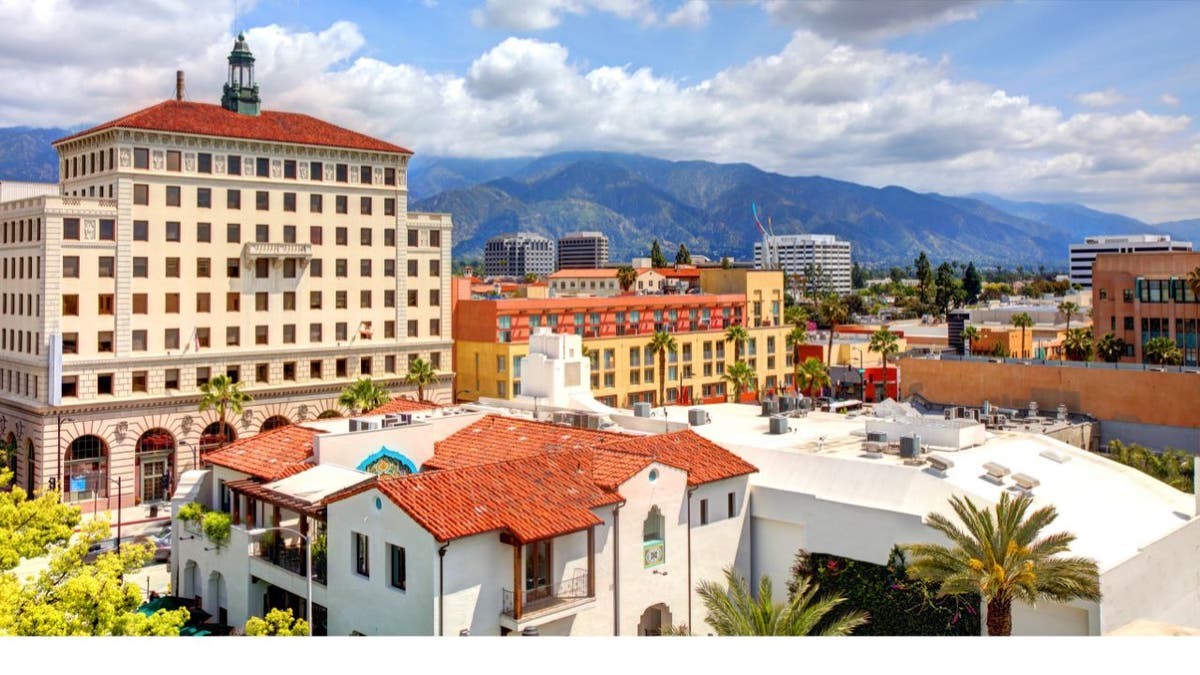
But there is much more work to be done, and it’s likely that most of the city’s 140,000 residents won’t be around to even see the current phase completed.
That’s because Category 1 – undergrounding 50 miles of civic areas and streets with a high concentration of power lines – will take up to another 100 years to complete, according to the city’s website.
Once completed, then Category II will commence, focusing on 79 miles of residential streets and alleys, which will take an estimated 400 more years to complete, the city’s website reads.
In total, the project is estimated to cost around $2 billion, with the bill being financed through a current tax on electric bills, ranging from 1.21% to 4.34% based on a property’s usage. For a typical residential customer using 500 kWh per month, this equates to about $44 annually, according to the city.
The $2 billion cost is much lower than some of California’s other mass public infrastructure projects, which have also faced significant cost overruns and delays.
Most notably is the California High Speed Rail, dubbed by critics as the “train to nowhere,” which aims to connect Los Angeles and San Francisco in under three hours. It was initially supposed to cost $33 billion in 2008, but that price tag has ballooned to as high as $128 billion with only a 22-mile segment of the 119-mile Central Valley stretch ready for track-laying. Completion may still be two decades away.
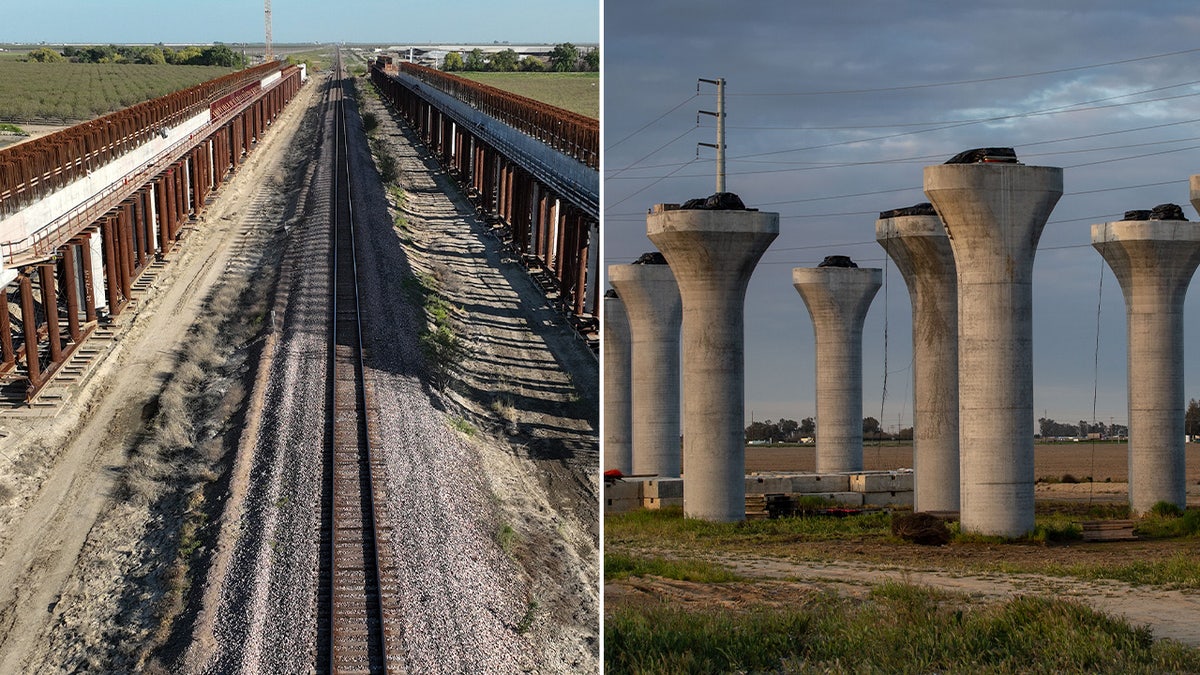
President Donald Trump has labeled it as “the worst cost overrun I’ve ever seen” and said his administration would not provide federal funding for the project.
Pasadena, a Democrat stronghold in Los Angeles County, voted decisively for former Vice President Kamala Harris in the 2024 presidential election, giving her 64% of the vote while Trump notching just 34%. The city is not currently represented by any Republicans at the federal or state level, and while city council members are officially nonpartisan, most are aligned with Democrat or progressive platforms.
So why the centuries-long timeline?
The city says the Pasadena underground program poses a number of challenges, most notably cost, scheduling, working with utility providers and the type of terrain being worked on.
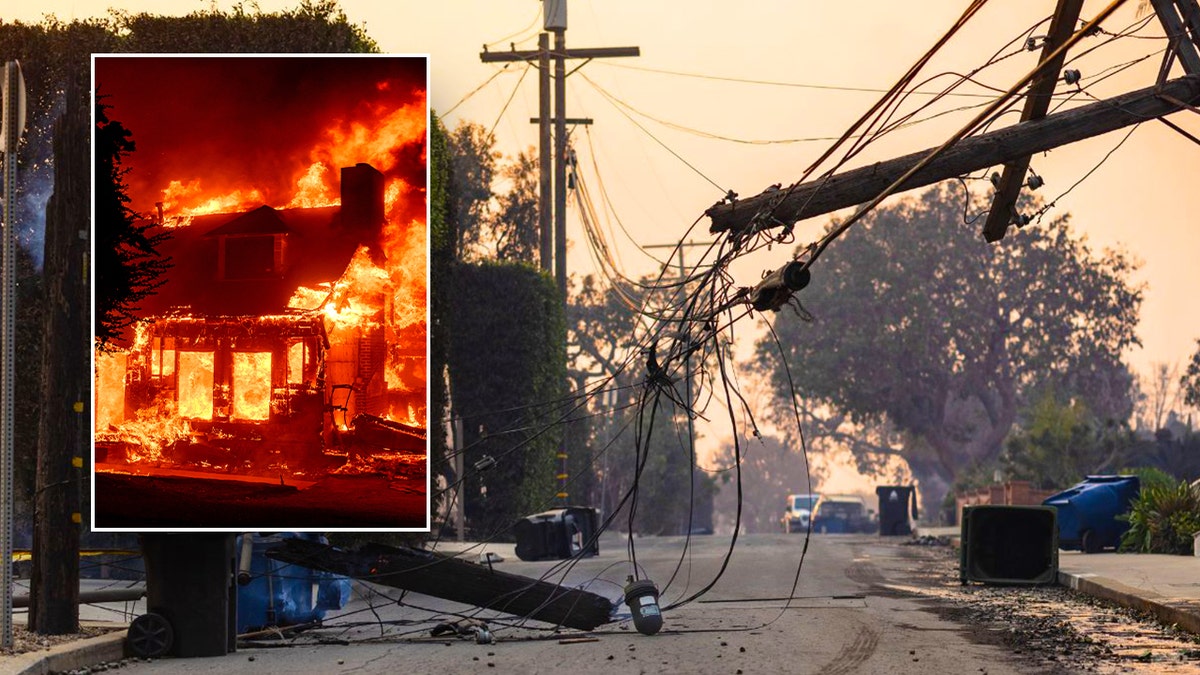
Underground circuits are expensive and time-consuming to build and maintain, the city said. Additionally, installation is extremely disruptive to communities and requires complex coordination with telecom companies who have placed their own components on the power lines. Their equipment is often large and difficult to move underground, according to the city.
Other challenges include topography, since Pasadena contains both flats and hillsides which can make projects more complex, PWP told Fox News Digital.
“This can mean a different timeline than for-profit, investor-owned utilities,” PWP said in a statement. “PWP is a not-for-profit municipally-owned utility, and our work is closely tied to long-term planning to ensure reliability and safety.”
NY LAWMAKERS CALL FOR TRANSIT CHIEF’S OUSTER, FLOAT REFORMS AFTER DUFFY DECRIES SUBWAY ‘S—HOLE’
PWP said its plan involves two undergrounding efforts, one focused on beautification and the other aimed at wildfire risk reduction, with both operating on different timelines.
When asked for specific timelines, PWP said that program schedules for completion are not exact and are based on estimates.
“Engineering studies need to be done to determine the duration and cost of any project, and no such studies have been done citywide to determine a complete undergrounding schedule,” PWP said.
However, there are similar projects underway that are moving at a much faster clip than the Pasadena project.
For example, Pacific Gas & Electric (PGE) – an investor-owned utility with publicly traded stock and one of the nation’s largest utilities – is in the process of burying 10,000 miles of power lines over the next decade, primarily in high-fire-risk areas. As of February, the company had buried more than 850 miles of undergrounding since 2021, and it estimates to complete 1,600 miles of undergrounding by 2026.
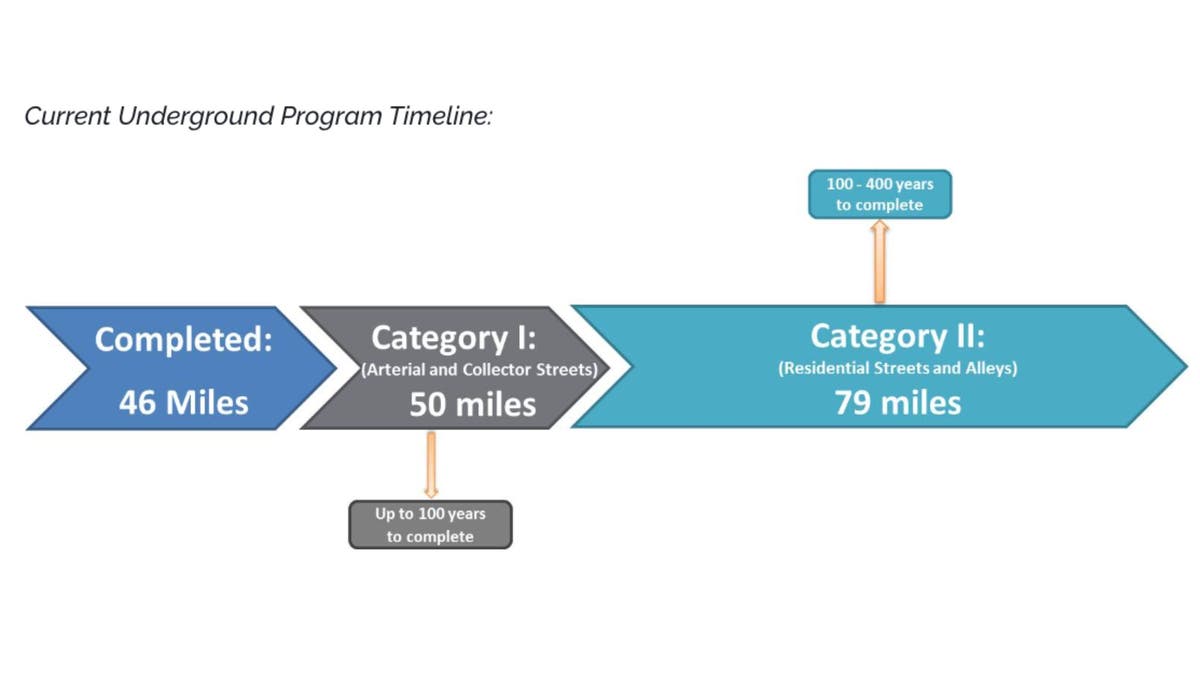
The project is expected to cost between $15 billion and $20 billion, and customers will bear most of the cost. The PGE project does not cover Pasadena since Pasadena is not part of PG&E’s service area, which primarily serves Northern and Central California.
Meanwhile, in Houston, CenterPoint Energy, a public utility holding company based in Texas, buried its 400th mile of power lines last month, having begun in September as part of its $5.75 billion undergrounding plan to mitigate the effects of hurricanes and reduce outages.
The Pasadena Underground Program is not without controversy. Several people, including Danny Wooten, the former management analyst for Pasadena’s Public Works Department, were found guilty of embezzling more than $6 million from city coffers and funneling some of the money through two local churches. The scheme, which took place over a decade ago, involved Wooten generating about 300 false invoices for the Underground Program that he managed.
CLICK HERE TO GET THE FOX NEWS APP
With the current projected timeline, Pasadena residents can expect their underground project to be completed by 2525.
That’s nearly 450 years longer than New York City’s Second Avenue Subway, which is still being built having started in 1972, and the Interstate Highway System, which was built over a period of 35 years.
Local lawmakers did not respond to Fox News Digital’s request for comment at the time of publishing.
